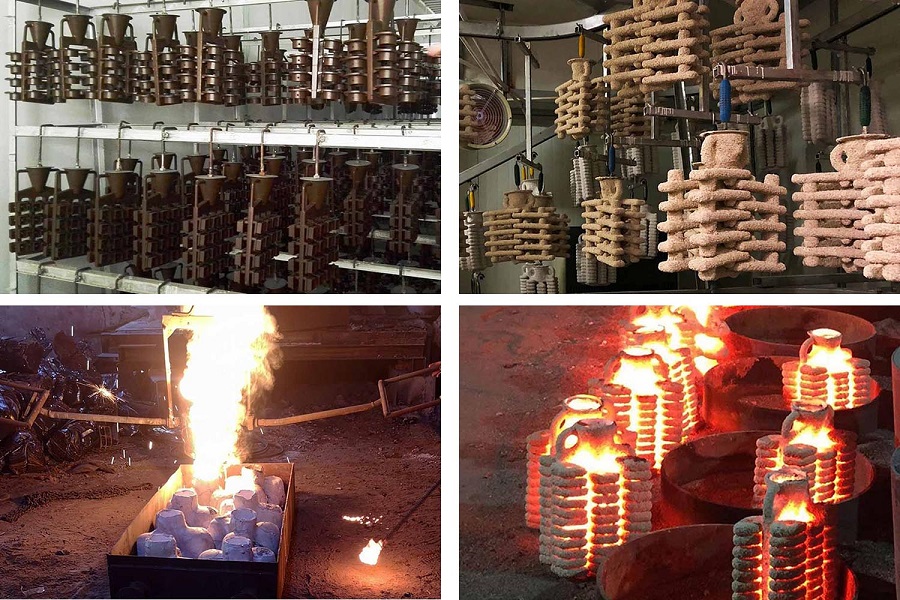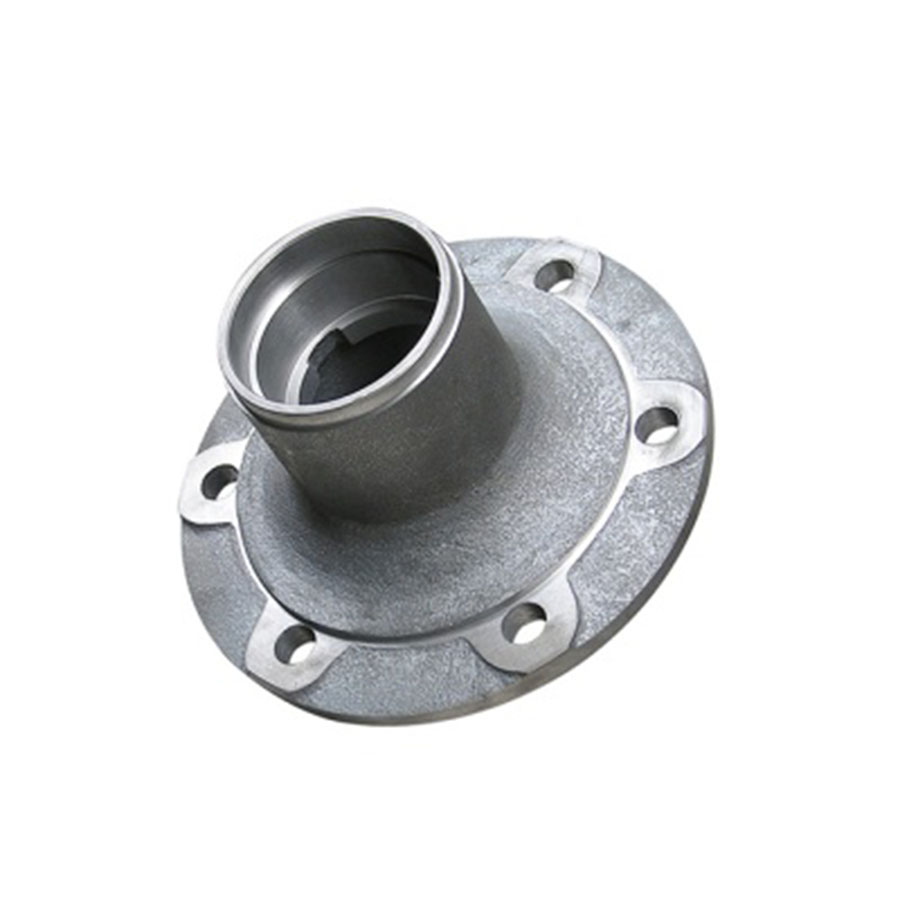
Carbon Steel Water Glass Lost Wax Investment Casting Parts
Material: Cast Carbon Steel Process: Water Glass Lost Wax Investment Casting Weight: 5.80 kg Application: Connector
Carbon Steel Precision Water Glass Lost Wax Investment Casting Parts from China Foundry with OEM Custom and CNC Precision Services, Heat Treatment and Surface Treatments.
Description
Carbon Steel Precision Water Glass Lost Wax Investment Casting Parts from China Foundry with OEM Custom and CNC Precision Services, Heat Treatment and Surface Treatments.
Carbon steel, low alloy steel, and tool steel castings are used in several industrial applications and environments. With their numerous grades, steel and their alloys can be heat-treated to improve its yield and tensile strength, hardness or ductility to the engineer's application needs or desired mechanical properties.
Compared with standard parts, there are more non-standard or tailor-made steel precision cast products. Commonly customers request for investment casting parts with their own unique drawings and requirements. Even for standard parts, they always ask to add their own logo or other casting marks onto the steel casting without effecting the functions. However RMC steel investment casting foundry really can do more than that.
The modern steel casting process is subdivided into two main categories: expendable and non-expendable casting. It is further broken down by the mold material, such as sand casting or metal mold casting. Silica sol and water glass bonded casting processes or their combined bond casting processes are the mostly used in RMC. Different precision casting process are also available based on the required precision grade of the casting parts. For example, water glass and silica sol combined investment casting process could be used for low or middle precision grade steel castings, while the silica sol casting processes have to be used for stainless steel castings with required precision grade.
Casting as per customer's drawings is our key portion of precision casting service but not our only service. Actually, we offer the completely one-stop-solution steel investment casting service with various value added services including casting design, precision machining, heat treatment, surface finish, assembling, packing, shipping...etc. You can choose all these casting service according your own experience or with assistance from our precision casting engineers. Besides, we keep confidentiality for customers as the prime thing for OEM service. NDA will be signed and stamped if necessary.
▶ Casting Process of Cast Steel
✔ Lost Wax Casting
Investment (lost wax) casting is a method of precision casting complex near-net-shape details using replication of wax patterns. It is a metal forming process that typically uses a wax pattern surrounded by a ceramic shell to make a ceramic mold. When the shell dries, the wax is melted away, leaving only the mold. Then the casting component is formed by pouring molten metal into the ceramic mold. Also called precision investment casting, lost wax casting could achieve complex forms with exceptional surface qualities for both small and large casting parts in a wide range of materials such as carbon steel, alloy steel, stainless steel...etc. lost wax casting offers tighter dimensional tolerances, better surface finishes, produces near-net shape parts which therefore require less machining and other processing, and allows for the steel casting of complex-geometry parts and intricate details such as casting marks and company logos.
Advantages of Investment Casting Components:
• Excellent and smooth surface finish
• Tight dimensional tolerances.
• Complex and intricate shapes with design flexibility
• Capability to cast thin walls therefore a lighter casting component
• Wide selection of cast metals and alloys (ferrous and non-ferrous)
• Draft is not required in the molds design.
• Reduce the need for secondary machining.
• Low material waste.
✔ Lost Foam Casting
Lost foam casting process produce near the near net shape casting parts with lost patterns made from expandable polystyrene, EPS. The EPS positive patterns are mounted to a casting system. After dressing, the pattern clusters are inserted into pouring vessels, which are then filled with unbound quartz sand. During casting, the patterns remain in the compacted sand mould.
Advantages of Lost Foam Castings:
• Greater design freedom in the construction of cast parts
• Small quantity is possible due to the layered structure of the pattern.
• Lower need for secondary machining with near net shape.
• High flexibility by short start up lead time.
• Longer EPS mould span life, thus lower average tool costs
✔ Vacuum Casting (V Process Casting)
Vacuum castings are the metal parts that are produced by the vacuum casting method, which is also called v process casting or vacuum molding casting. They are different from typical investment castings due to the technique used to create the molds. The process begins by placing a two-piece mold in a vacuum chamber. The vacuum then draws the molten metal into the mold. Finally, the casting is solidified in an oven and the mold is removed in order to release the final product.
▶ Raw Materials of Cast Steel as per standard or customized chemical compositions and mechanical properties.
• Carbon Steel: AISI 1020 - AISI 1060,
• Steel Alloys: ZG20SiMn, ZG30SiMn, ZG30CrMo, ZG35CrMo, ZG35SiMn, ZG35CrMnSi, ZG40Mn, ZG40Cr, ZG42Cr, ZG42CrMo...etc on request.
• Stainless Steel: AISI 304, AISI 304L, AISI 316, AISI 316L, 1.4404, 1.4301 and other stainless steel grade.
▶ Capabilities of Cast Steel Components
• Max Size: 1,500 mm × 1000 mm × 500 mm
• Weight Range: 0.5 kg - 500 kg
• Annual Capacity: 5,000 tons - 6,000 tons
• Tolerances: On Request.
▶ How We Inspect the Cast Steel Components:
• Spectrographic and manual quantitative analysis
• Metallographic analysis
• Brinell, Rockwell and Vickers hardness inspection
• Mechanical property analysis
• Low and normal temperature impact testing
• Cleanliness inspection
• UT, MT and RT inspection
▶ Post-Casting Process
• Deburring & Cleaning
• Shot Blasting / Sand Peening
• Heat Treatment: Normalization, Quench, Tempering, Carburization, Nitriding
• Surface Treatment: Passivation, Anodizing, Electroplating, Hot Zinc Plating, Zinc Plating, Nickel Plating, Polishing, Electro-Polishing, Painting, GeoMet, Zintec
• Machining: Turning, Milling, Lathing, Drilling, Honing, Grinding,
▶ Application of Steel Castings:
• Building hardware
• Large Machinery Components
• Railway Freight Cars
• Marine Hardware
• Hydraulics Cylinders
• Heavy Duty Trucks
• Agricultural Equipment
To know better about our capabilities of lost wax casting, please click the following picture to turn to our page of Investment Casting Capabilities:
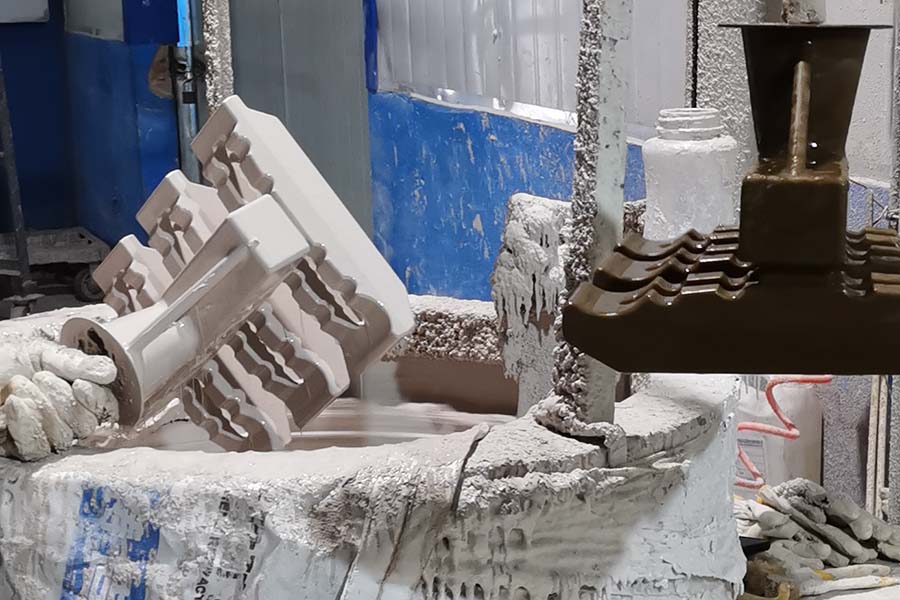
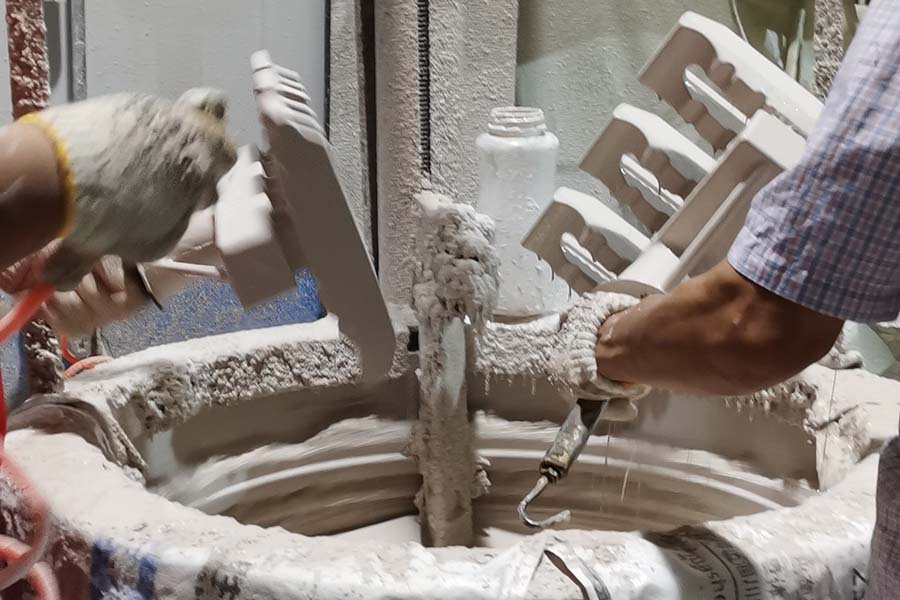


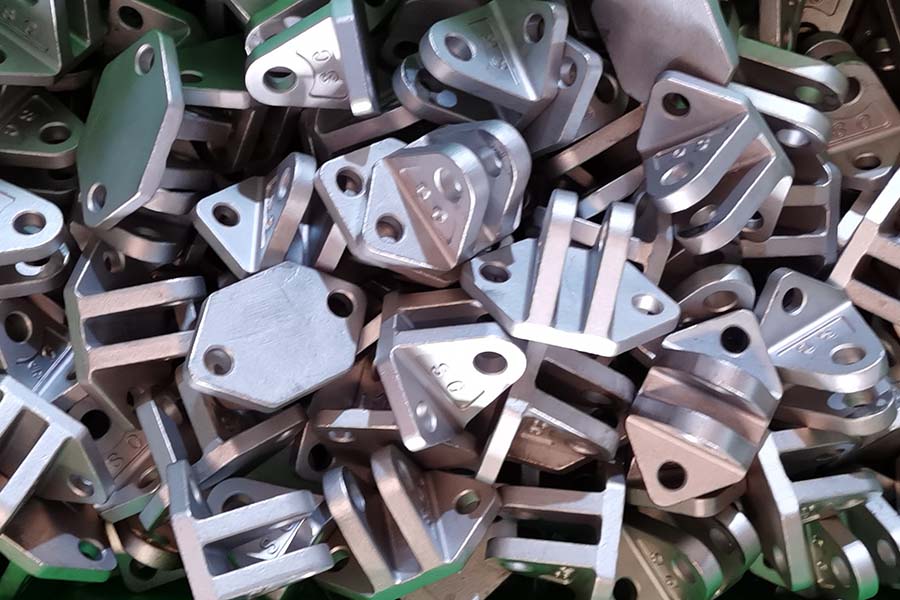
 русский
русский




